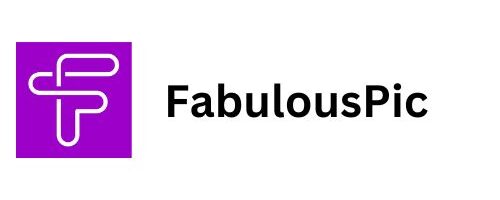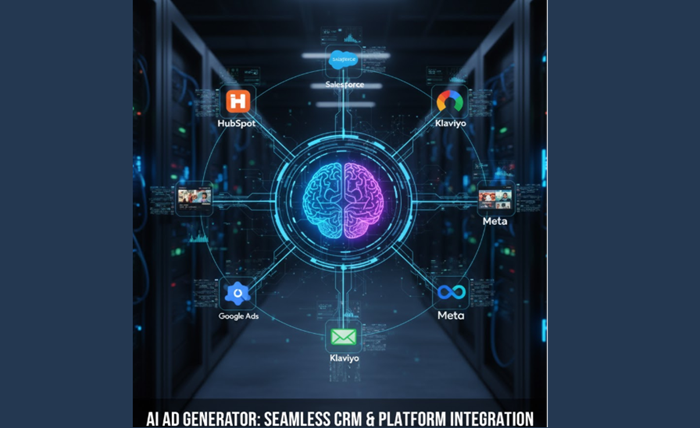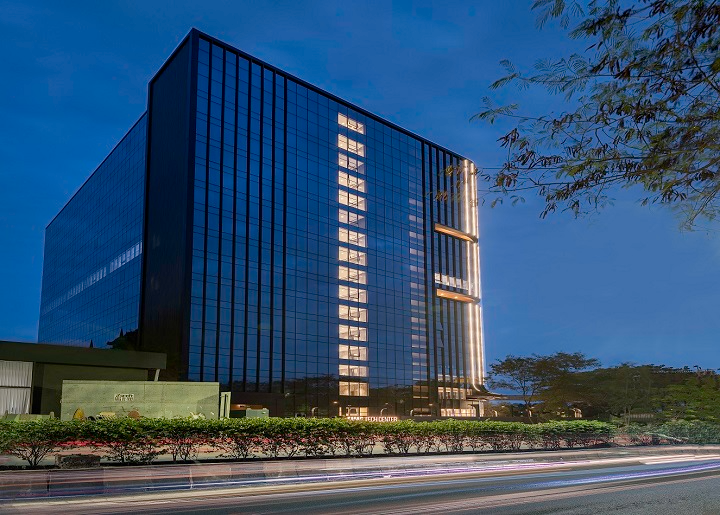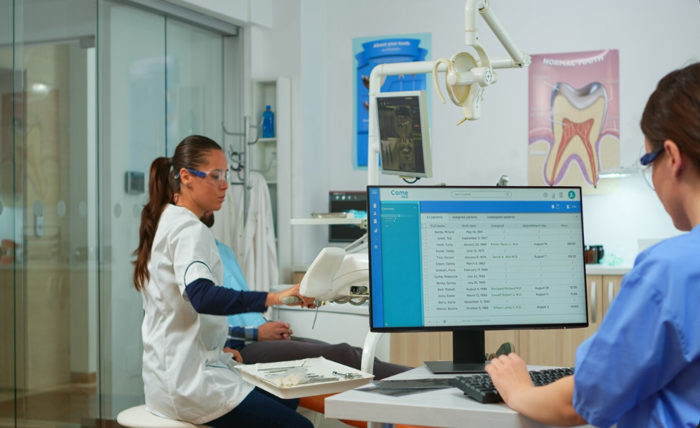Your ads might look great. Your CRM might be packed with data. But if they’re not connected, you’re losing more than just opportunities, you’re losing insight, personalization, and profit.
That’s where CRM integration steps in. By linking your AI ad generator with your CRM and marketing tools, you bridge the gap between creativity and data. This connection turns random ad output into intelligent, personalized storytelling that actually converts.
Why Integration Matters
Every customer touchpoint, from a click to a checkout, reveals something about what motivates your audience.
When your AI advertising tool is connected to systems like HubSpot, Salesforce, or Klaviyo, it doesn’t just design ads. It learns from customer behavior, buying habits, and engagement patterns.
This turns your campaigns from generic creative efforts into precision-driven marketing experiences. You’re no longer just showing ads; you’re delivering messages that matter at the right time and to the right people.
That’s the difference between “good creative” and intelligent creative.
How It Works (Without the Tech Headache)
Think of CRM integration with your AI ad generator as a conversation between your data and your creativity.
Here’s how the process usually flows:
- Data Sync
Your AI tool pulls real-time information from your CRM, audience segments, purchase history, website behavior, and engagement scores. - Ad Personalization
Using that data, the AI automatically generates ad creatives for specific customer segments. For example, first-time visitors might see a welcoming offer, while repeat buyers get loyalty-based messaging. - Performance Feedback
Once your ads run, campaign performance data is sent back to your CRM. Lead scores, engagement levels, and conversion activity are updated automatically.
This creates a continuous learning loop, every ad you run makes the next one smarter.
Example 1: HubSpot + AI Ad Generator
Let’s say your HubSpot CRM tags a contact as a “high-intent lead.”
Your integrated AI ad creation tool can instantly produce a tailored ad with a stronger call-to-action like “Limited-time offer, claim yours today.”
The AI uses HubSpot’s behavioral data to understand when and how to trigger the right kind of ad. The result? Personalized ads that feel timely, relevant, and genuinely helpful instead of intrusive.
This kind of automation ensures that your marketing feels intelligent, not robotic.
Example 2: Shopify + AI Ad Maker
For e-commerce brands, connecting your AI tool with Shopify opens up a world of possibilities.
Once integrated, the AI ad generator can access:
- Purchase and browsing history
- Abandoned cart data
- Product categories and price points
It then uses this data to automatically create retargeting ads for specific customers.
For instance, if someone viewed running shoes but didn’t complete the purchase, the AI can instantly generate a personalized carousel ad featuring those exact shoes with a subtle discount incentive.
All without you lifting a finger.
That’s not just automation, that’s adaptive marketing.
The Integration Benefits
When your AI ad generator talks directly to your CRM, it’s not just about convenience. It’s about transforming how your entire marketing system operates.
Here’s what you gain:
1. Smarter Targeting
Say goodbye to guesswork. Instead of sending the same message to everyone, AI targets based on real data, purchase patterns, behavior, and lifecycle stage.
2. Faster Optimization
Real-time updates from your CRM mean AI can adjust creative strategies on the fly. You’ll always be using the most up-to-date insights rather than waiting for a monthly report.
3. Automated Campaign Creation
Set automation rules like “When a new lead score exceeds 70, generate a personalized ad.” Your system will instantly create campaigns based on that trigger.
4. Closed-Loop Reporting
Finally, you can connect ad performance to actual revenue impact. It’s no longer about vanity metrics, you’ll see how each ad contributes to conversions, lead quality, and overall ROI.
Platforms That Work Seamlessly Together
The good news? You don’t have to reinvent your stack.
Most modern AI advertising tools already integrate with top marketing and CRM platforms like:
- Meta Ads Manager
- Google Ads
- HubSpot
- Salesforce
- Klaviyo
- Mailchimp
- Zapier (for custom connections)
If your current tool doesn’t support these integrations, it might be time to explore a more advanced AI ad generator that does.
Implementation Tips for Smooth Integration
Integrating AI tools with your CRM doesn’t have to be complex. Here’s how to do it effectively:
- Start Small
Pick one platform first, such as HubSpot or Shopify. Once you see measurable results, expand to others. - Automate Intelligently
Set specific automation triggers. For instance: “When a lead opens three emails but doesn’t convert, create a retargeting ad with a limited-time offer.” - Monitor and Adjust
Don’t just connect and forget. Watch key performance metrics like engagement rate, CTR, and ROAS to ensure the integration is actually improving results. - Collaborate With Your Team
Ensure your sales and marketing teams both understand how the integration works. That way, your CRM data stays clean, and your ads stay aligned with the customer journey.
The Future: Predictive Personalization
We’re entering an era where AI ad creation tools will not only react to data but anticipate it.
Future integrations will allow AI to analyze CRM data in real time and predict customer behavior.
Imagine your AI tool recognizing this pattern:
- A customer hasn’t made a purchase in 30 days.
- Their average order value is dropping.
- Their engagement score is declining.
The AI instantly generates a retention-focused ad, such as “We miss you, here’s 15% off your next order.”
That’s not reactive marketing. That’s predictive personalization, ads that anticipate needs before customers even express them.
Final Take
Integrating your AI ad generator with your CRM and marketing platforms is no longer optional, it’s the backbone of modern performance marketing.
This connection transforms your AI tool from a simple creative assistant into a growth engine that blends data, design, and delivery.
When AI and CRM systems work together, your campaigns become more targeted, more personal, and infinitely more effective.
It’s not just about faster ad creation; it’s about creating smarter ads that continuously learn and perform better over time.
So if your AI tool and CRM are still working in silos, it’s time to make the connection. Your data, and your ROI, will thank you.







